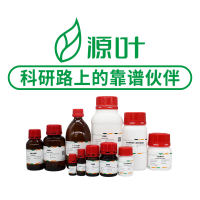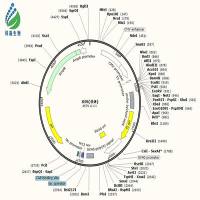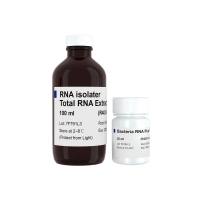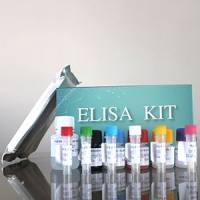Carotenoids Production from Halophilic Bacteria
互联网
621
Carotenoids have received considerable attention due to their interesting industrial applications and, more importantly, their potential beneficial effects on human health. Halophiles comprise a heterogeneous group of microorganisms that need salts for optimal growth. The pigments produced by these halophilic organisms comprise phytoene, β-carotene, lycopene, derivatives of bacterioruberin, and salinixanthin. Here, we describe the procedure to obtain salinixanthin from the extremely halophilic bacterium Salinibacter ruber. Additionally, we describe the expression of the β-carotene biosynthetic genes crtE , crtY , crtI , and crtB from Pantoea agglomerans in the moderately halophilic bacterium Halomonas elongata obtaining a strain able to produce practically pure β-carotene. Thus, the use of these halophilic microorganisms as a source of carotenoids constitutes an important commercial alternative in the production of carotenoids from biological sources.









